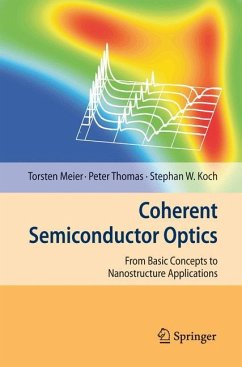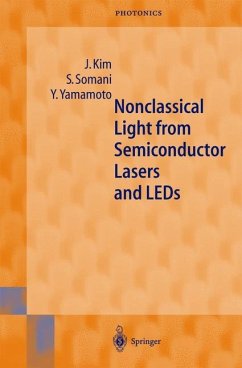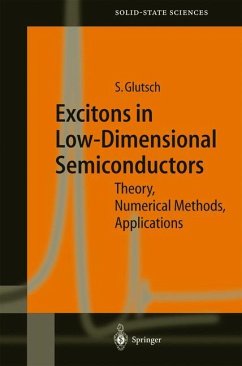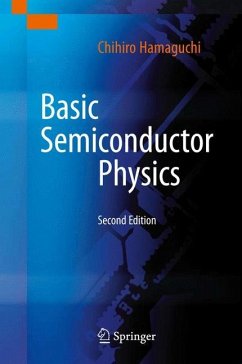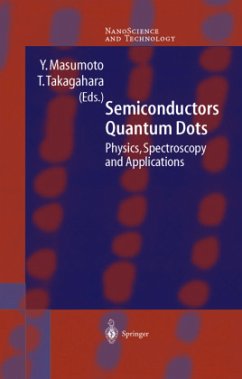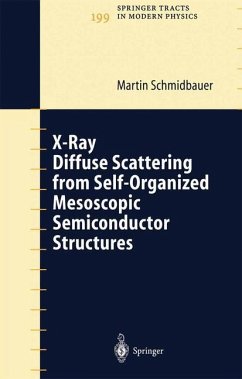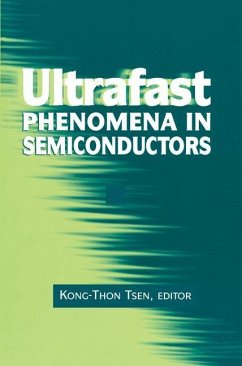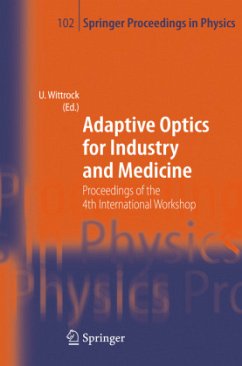
Semiconductor Optics and Transport Phenomena
Versandkostenfrei!
Versandfertig in 1-2 Wochen
82,99 €
inkl. MwSt.
Weitere Ausgaben:

PAYBACK Punkte
41 °P sammeln!
This introduction to the field of semiconductor optics, including transport phenomena in semiconductors, has its origin in an advanced course jointly given by a theoretician and an experimentalist. Starting with the theoretical fundamentals of this field the book develops, assuming a basic knowledge of solid-state physics. The text is suitable for graduates and scientists alike who need a well-balanced and up-to-date introduction to this area. The application areas of the theory covered include semiconductor lasers, detectors, electro-optic modulators, single-electron transistors, microcavities and double-barrier resonant tunneling diodes. One hundred problems with hints for solution help the readers to deepen their knowledge.
Whenever a physicist visits the physics faculty in Dortmund, he/she is bound to hear the success story of the so-called integrated course, a four-semester introduction to physics. These lectures are given by two professors simulta neously, one experimentalist and one theorist. After having asked the common question, "How many professors have killed each other?", the visitor usually realizes that this is an excellent way of presenting a coherent introductiorl to both experimental and theoretical physics. We decided to try this concept in an advanced course on semiconductor physics. At that point the typical student has already had an introductory course in solid-state physics and solid-state theory. The aim of the lectures was to repeat some of the most important, well-known classics of semiconductor optics and transport and eventually guide the students to topics of current interest in research. When preparing the lectures, we did not find a textbook addressing all these aspects:experiment and theory in semiconductor optics and transport- which made us write this book. This book presents the phenomenology and a simple, in tuitive understanding of many effects and, in addition, attempts to explain the underlying physics on a consistent theoretical footing. Calculations are presented such that a student should be able to follow them with a pencil and a piece of paper.



